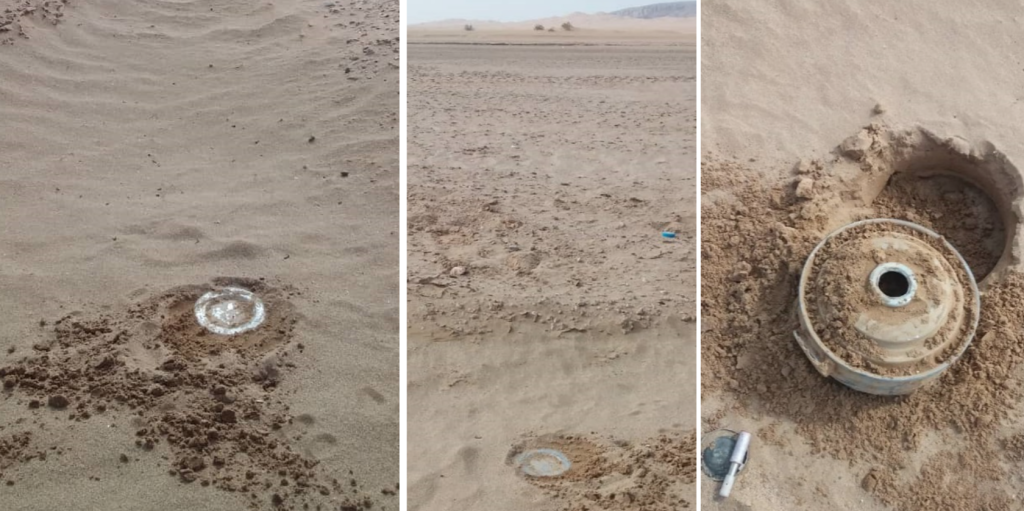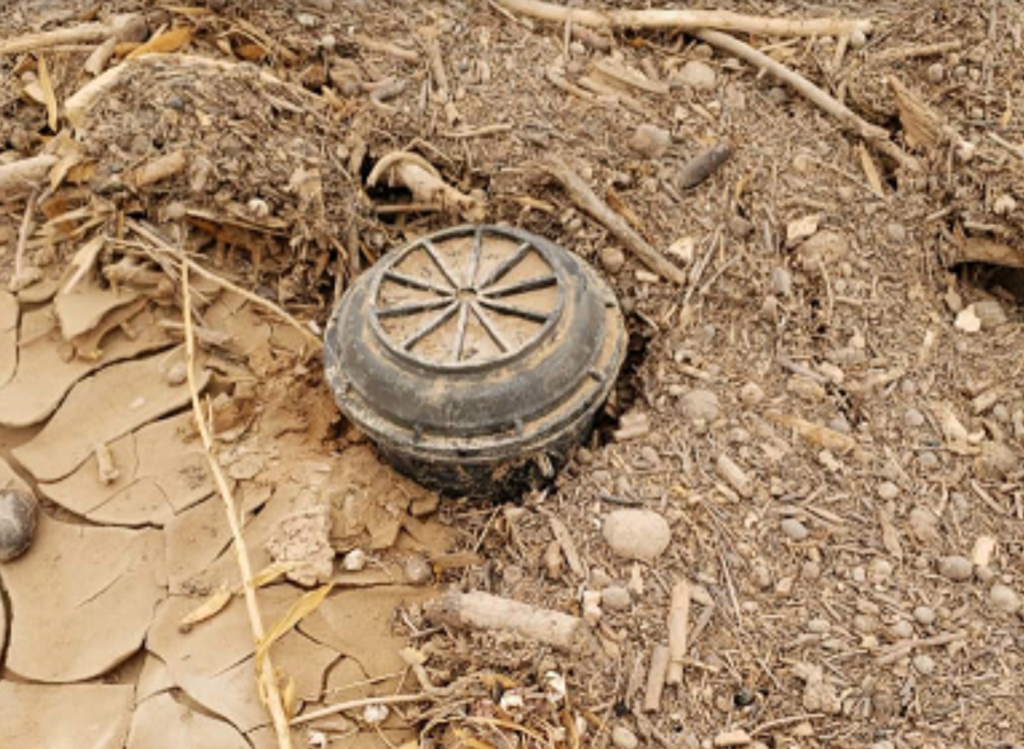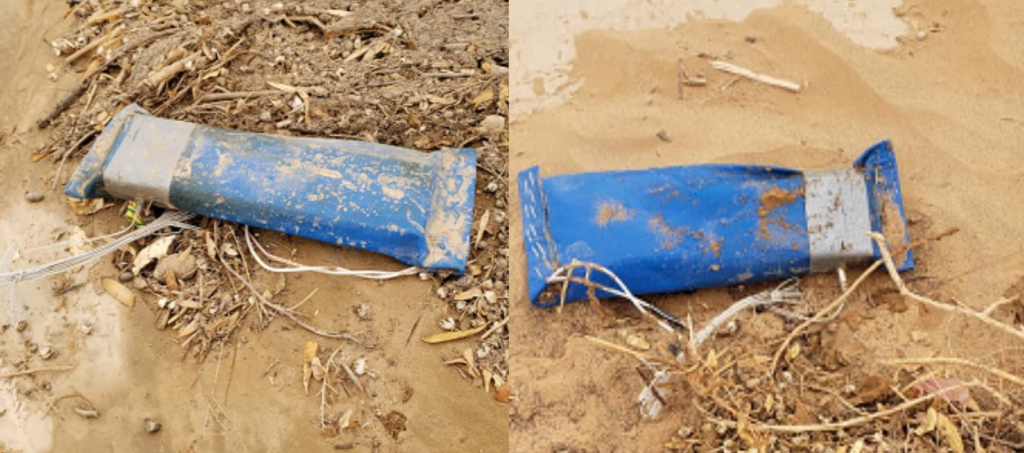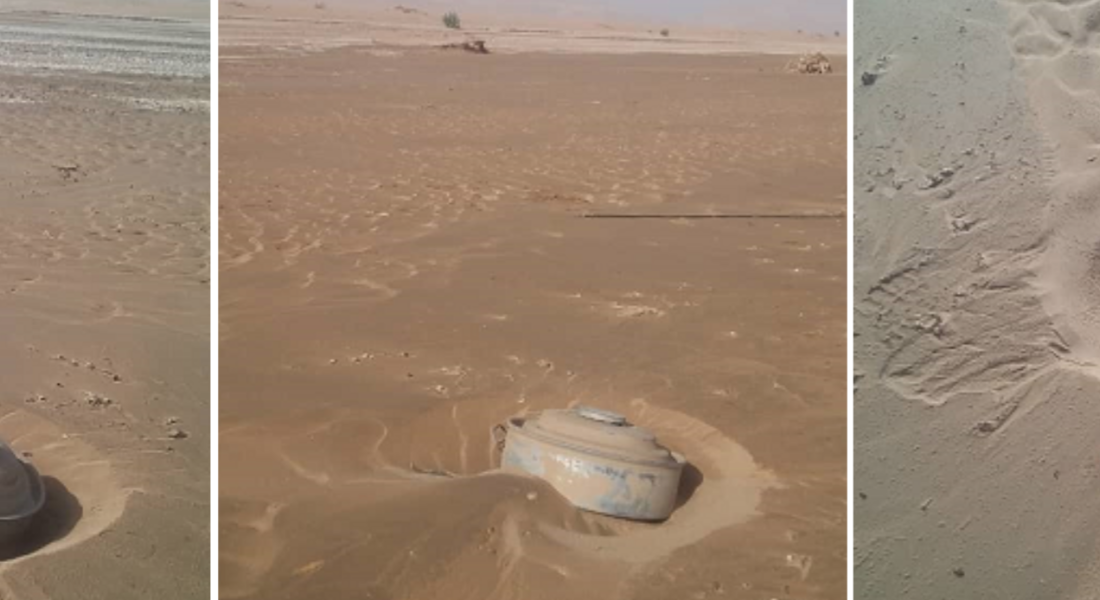Project Masam deminers have warned of the rise of a little-known threat amid Yemen’s continuing war: landmine migration.
A migrating landmine is a mine moved by nature from the original position it was laid in to another, without any human intervention – by water mostly, and by wind and sand.
“Migration of mines is a real danger and threat in our theater of operations, with the migration of mines occurring when heavy rain causes flooding in areas where mines are laid, subsequently causing the mines to be washed down stream and “migrate” from their original location to another,” Project Masam Operations Manager, Retief Horn, explained.

This month alone, Masam Team 1 cleared 15 anti-personnel landmines and two anti-tank (also known as anti-vehicle) landmines that had migrated.
Team 13, meanwhile also incidentally encountered two migrated anti-tank mines.
The mines are water tight and with the migration still stay as dangerous as when they were first laid in their original location, especially because they might have ended up in an area that was otherwise not a suspected hazardous area.
“After constant rain in Marib and Shabwah during the rainy season, we are encountering many areas where there is migration of mines; this then cause a mixed mine threat where once there was anti-tank mine threat only,” Horn added.

In the Yemeni context, the demining teams are finding anti-personnel landmines that have been washed downstream from high-laying Houthi defensive positions into open areas.
“The threat with migration is that areas clear or free from mines can now be littered with mines, and in many cases, mines are washed close or into populated areas, as many houses and villages are built close to waterways.”
This also means already cleared areas may also become dangerous again – meaning the teams must continually adapt their process.
Horn added: “If we as a project find such areas that contain migrated mines, we will always go to worst case scenario when applying clearance methodology.”

The threat is also multiplied as anti-tank mines exposed to the elements may deteriorate, and turn into anti-personnel landmines.
Whilst a normal anti-tank device requires an applied pressure of more than 150kg (330lb) in order to detonate, a deteriorated anti-tank mine may detonate under about 5kg to 50kg (11lb to 110lb) of pressure.
Confirmed Hazardous Area are immediately treated as High-Risk Areas due to the deterioration of the anti-tank mines present in the ground.
Due to the risk these devices pose, Masam teams are trained on this type of deteriorated anti-tank threat.
Currently deployed in Marib’s al-Wadi district in Sailt Alfalj, Team 1 has this week been dispatched to Raghwan City (in northwest Marib), where the area has received heavy rains and Masam has received reports of landmines migrating down the mountains into river beds and farmlands.
The team will conduct survey in this area to determine the affected areas.

